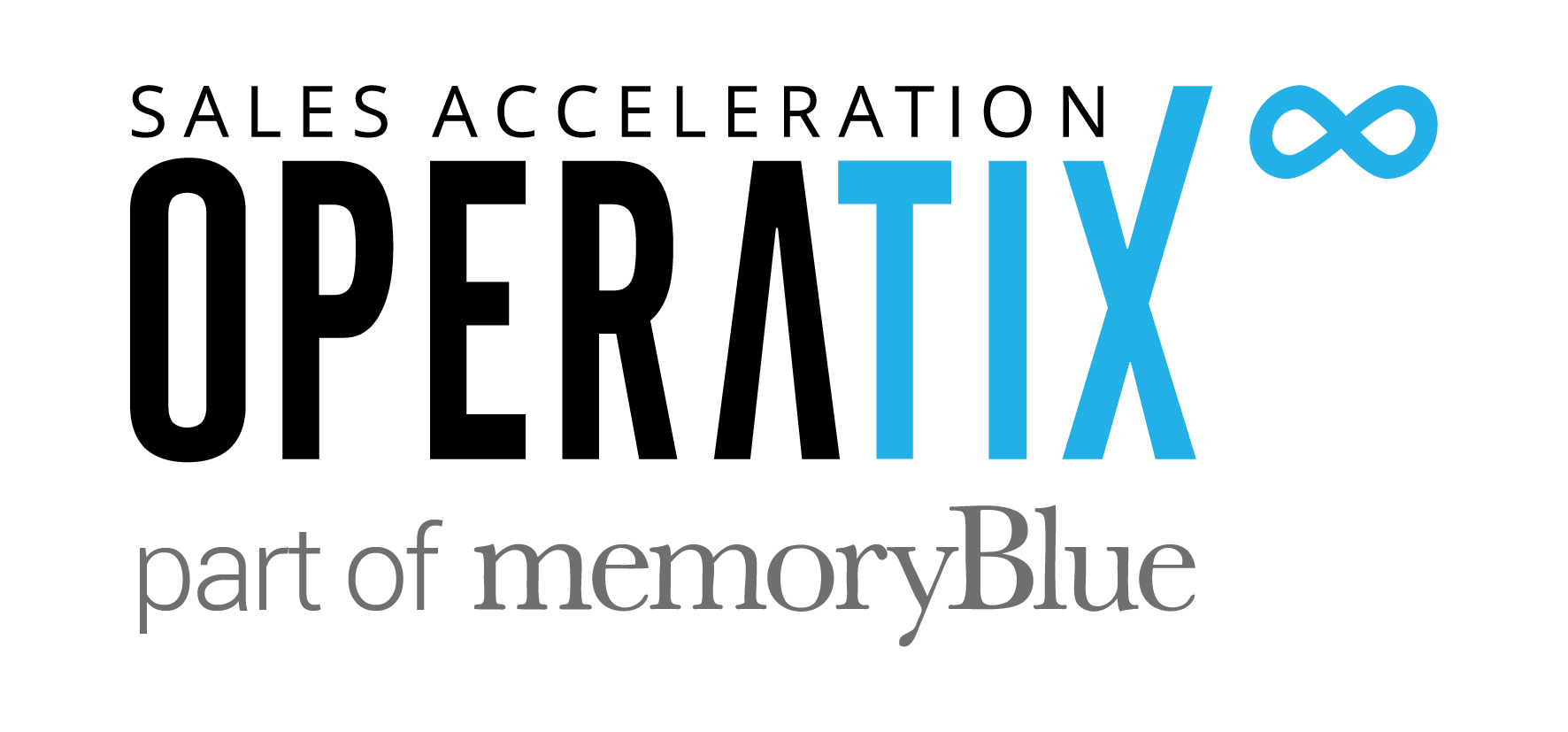CRM can be your best friend or an absolute monster depending on how you’re implementing it.
The difficult reality is that CRM’s are only as good as the data that is in the system.
We sat down with Charlie Spaneas, Director, Marketing & Sales at Clear C2, Inc., to discuss the importance of data sets to a well functioning CRM, as well as some solutions to the tedious but important task of maintaining the information that fuels your CRM.
Investing in your CRM is no small task with potentially large rewards. Having a strategy behind implementation, configuration, and upkeep will go a long way in making sure it’s meeting your business’s needs.
Data cleansing and data segmentation are tedious tasks often overlooked, which is a shame because we know that better data means better marketing outcome.
Pivotal To Your Team
Although the IT department is the common denominator for implementation and will run point on streamlining the back end and incorporating the CRM, there are a lot of people who will be touching this system.


Administratively, incorrect or inconsistent data can lead to false conclusions and bad investments. So in the business world, incorrect data could be very costly.
Charlie Spaneas
Marketing wants the CRM system because their campaigns go through it.
It allows them to follow their contributions to the rest of the company.
Sales will use it to control, manage and feed the pipeline.
Tracking revenue streams and product market performance is only the beginning.
Management hopes to use it for overlook.
They want to see what they’ve got and what’s working so they’re able to forecast.
It quickly becomes apparent how crucial it is for the CRM to be functioning at the highest level possible.
When the CRM is used properly it can be a profound and collaborative tool for your entire team. However, a mismanaged data set could also cost time and money, adversely affecting your team.
Begins With Implementation
Wouldn’t it be wonderful if we told you that it was as simple as purchasing the right CRM or vendor to manage it?
If only it were that simple. It’s not.
A CRM can have the best features with the latest technology, but if hardly anyone is using it and not using it properly then it’s money wasted.


The user adoption rate is probably the single most important thing that affects how successful a software deployment is. Not just CRM, any software.
Charlie Spaneas
Charlie talks about “gamification” – or turning CRM input into a sort of input competition whereby salespeople are rewarded above and beyond their sales numbers for inputting quality data into the CRM.
He’s seen this as a way to combat failing pipeline is to have a competition with a monetary award attached to the winner. What was once avoided by salespeople is now anticipated by them.
Whether you create a widget on a dashboard that everyone can see or have an office leaderboard, seeing the reward taps into the competitive spirit we all have.
And the reward isn’t so bad either.
Continue Success With Upkeep
The CRM story doesn’t end once everything is up and running.
“Typically, you’d probably have monthly meetings to go over the usage compliance to see how often people are inputting and whether or not they’re inputting it properly,” Charlie says.
He also recommends quarterly meetings for outside meetings, such as the vendor or other agencies who help manage the CRM.
But Charlie says we should pay a lot of attention to what’s going on inside our company. The marketplace is dynamic. This constant change will affect your business model and the use of your CRM.
Monthly meetings internally to discuss compliance, implement ongoing training, and monitoring the data set for the CRM are all necessary to avoid diminishment over time.
This post is based on an interview with Charlie Spaneas from Clear C2, Inc.
To hear this episode, and many more like it, you can subscribe to The B2B Revenue Acceleration Podcast.
If you don’t use iTunes, you can listen to every episode here.




